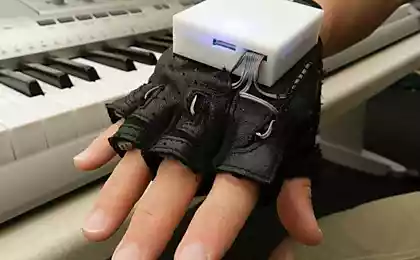
Time flies faster and faster. This feeling of age includes all of us. But this subjective sensation begins to be a serious competitor galloping technological progress. In the mid-nineties was a luxury cell phone, and pager was not many. 800 MB hard drive seemed a giant repository. At that time, if you loved computer games with three-dimensional graphics, in addition to the video card you had to buy
accelerator i>. Remember? Today, the average smartphone poshiba has a screen resolution and performance is several times higher than the good computers 15 years ago.
The speed with which science and industry are developing and bringing to market new gadgets using unprecedented technologies will soon make a boondoggle science fiction writers. Well, or books will simply be regarded as manufacturers technical specifications for the next couple of years. Of course, I was just a joke, but the feeling of approaching fabulous technological paradise over the years, becoming stronger.
Stagnation in akkumulyatorostroeniya forces engineers to go on the right path of development: to reduce energy consumption of devices. True, not always possible. Who said "Android" ?! However, the devices are becoming smaller and lighter gadgets expands functionality. However, the inventors of fantasy is not limited only to increase efficiency and capacity weight and size of pixels and gigahertz. Although for that they, too, thank you very much. Still, the main trends in gadgets are innovations that exist today, mostly in the form of laboratory samples.
Augmented Reality h4>
Thanks glasses Google Glass, which shrewdly advance corporation pushing the whole world froze in anticipation of a new technology - Augmented Reality (DR).
Perhaps this is one of the most fascinating technologies of recent times, which in the minds of many people is bordered by practical everyday magic and fairy tale. Well, or MMORPG in real life, if you want. Given the newness and strangeness of the principle display, visible only to the owner points, it was necessary to prepare the mass consciousness to start selling. Need for people to become accustomed to the idea and plenty nafantazirovali on how to use. Well, the developers of this is still doing great, their glasses are waiting eagerly than the release of their first smartphone.
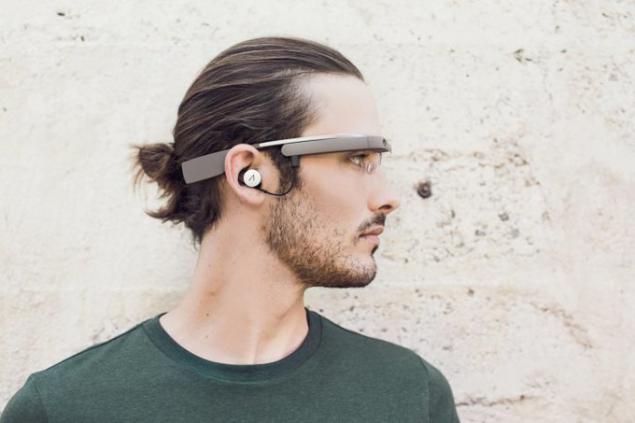
From time to time favorites celebrities and other potentially useful for the promotion of the person get an opportunity to use glasses, prototypes, and then publish their impressions. These stories are wonderful heated interest in the miracle-points, and have something.
Despite the many opportunities that we can give the technology of augmented reality, skeptics point to the significant danger. More precisely, the technology itself is not dangerous, and its possible incorrect implementation, for example, for motorists.
The corporation is not going to make a mistake and put on the market as an important product without a ready pool of software. This year, simultaneously with the start of sales points themselves, will be opened and интернет-магазин applications for them.
Apparently, the other giants of the IT world is not yet ready to become pioneers in this field. However, by all accounts, the first commercial augmented reality glasses expects a resounding commercial success, so that the rest of the producers necessarily have to create their products with DR. For example, Microsoft запатентовал his version of DR points, but the capacity of this device is far less than the product of the Good Corporation.
Develops his glasses and the company DR Innovega .
Also they developed contact lenses that can increase several times the opportunity to focus on nearby objects look without losing focus on the rest of the field of view. In combination with glasses DR can make niche products competition points from top companies.


A few days ago it was reported more about some augmented reality glasses, from the company MetaPro . Their sale is planned to start in the summer of this year, and in addition to DR capabilities glasses will be able to create holographic images of other objects. Known even the initial cost of the set of points and a handheld computer, which will take over the main computational load: 3650 $.
Flexible screens h4>
Further miniaturization wearable electronics logically leads to the idea of integration of devices into clothing and the need to ensure their durability. Both problems can be solved through the use of flexible screens. For example, it is possible to make a flexible retractable computer built into the upper sleeve of clothes. In addition, flexibility will allow gadgets easily survive such physical activities that are deadly for modern smartphones and tablets. Although at the current stage of development of the element base flexible screens may well find application, as demonstrated on the concept from Samsung:
Manage gestures h4>
Another interesting trend that allows a person to make communication with devices and more natural. For example, there is information that the first augmented reality glasses will be able not only to display a variety of information, but also allow for control using gestures. It's hard to say how points will respond to gestures of other people, especially if they do it intentionally.
Question control wearable devices with gestures worked out by Microchip Technology. She created the technology GestIC , which is based on the recognition of perturbations introduced foreign objects the user's fingers in the electromagnetic field of the device. < br />

Compared with the recognition by the camera, this solution is much cheaper and consumes about 10 times less electricity, which is one of the most important competitive advantages.
Do not forget about the users "do not wear" and "conditionally wearable" electronics: desktop computers and laptops. We are talking about the decision by the company Leap Motion, which can eventually compete GestIC.
Projection Keyboard h4>
The idea of projection keyboard on a flat surface and tracking the movements of fingers on it is not new and has been previously implemented, with repeatedly.

However, not enough accurate recognition and the high cost of such decisions have prevented their widespread dissemination. Nevertheless, also plans to introduce a projection keyboard in the first augmented reality glasses, which are all waiting for. Frankly, we doubt that this function will completely replace the present, as with any movement of the head projection will move. It is unlikely that someone will be happy to gain this way large amounts of text. But to enter any passwords and correspondence messengers such a decision could be really convenient.
The sound through the skull h4>
A year ago, Panasonic introduced headphones, which are not inserted in the ears, and pressed against his temples and transmit sound through the bones of the skull, not eardrums.
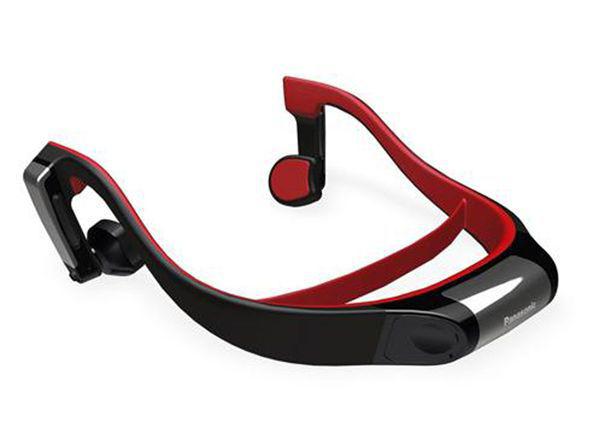
The same principle is used in the first augmented reality glasses that have to go on sale this year. As the main advantage of this solution is referred to the possibility of free perception of ambient sounds, because the user's ears remain free. So, it is quite possible we will soon burst of announcements of new models of headphones working on this principle. However, in this case, they can no longer be called the headphones. Navisochniki? Splint? Nacherepki?
electrification h4>
The importance of developing new, more efficient, compact and cheap rechargeable power sources for portable gadgets stands today acute as ever. Modern smartphones have already have already obscenely short term battery life. Unusually, though somewhat workaround may be to create a miniature generators that produce electricity during the movement of the user. Overall, however, in the field of mobile power is no innovative technologies that can be considered as the main trend in the coming years.
Smart watches h4>
In the coming years we can expect the heyday of this class of devices like smart watches. A number of companies have already offered a very interesting model, of which the most discussed are Neptune Pine and Pebble.


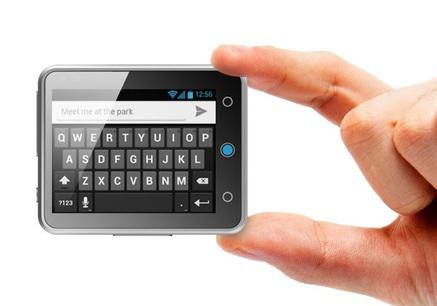

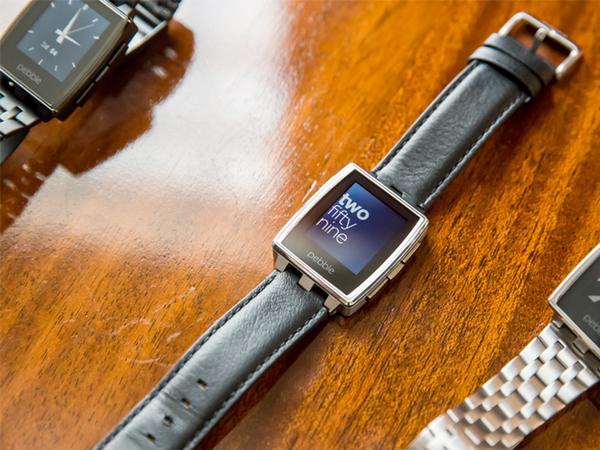
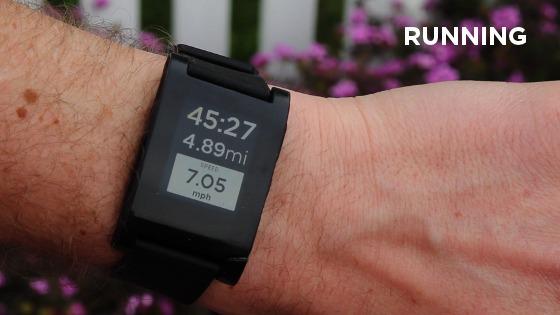
In terms of functionality, the two models differ. In general, it is not just watches with extra "bells and whistles". For example, Neptune Pine are actually multifunctional microcomputer has the ability to video and allows you to communicate with the help of QWERTY-keyboard. Pebble is equipped with a screen on the basis of electronic ink, receive notifications about various events from smartphones and can function as a fitness bracelet.
Smart bracelets h4>
Another trend in wearable electronics, is gaining momentum. Of specialized products for fitness athletes bracelets are gradually turning into multifunctional recorders. For example, new bracelet from LG in addition to the registration of physical activity, can stream music via Bluetooth from your smart phone. Or this bracelet SmartWear from Sony, which allows you to "bookmark" to various events and change the electronic module. An interesting feature is and bracelet from the company Netatmo: a mind is just a stylish decoration, but it is built sensor that registers the incident light. A smartphone application analyzes the information and decides whether the owner bracelet to protect your skin from the sun and use protective cream or something more substantial.
DIY h4>
The original idea in the field of wearable electronics offered by Motorola and ZTE, which unveiled a prototype modular devices. Gadgets include interchangeable blocks that users can change their own, thus very flexibly varying the performance and functionality of the device.

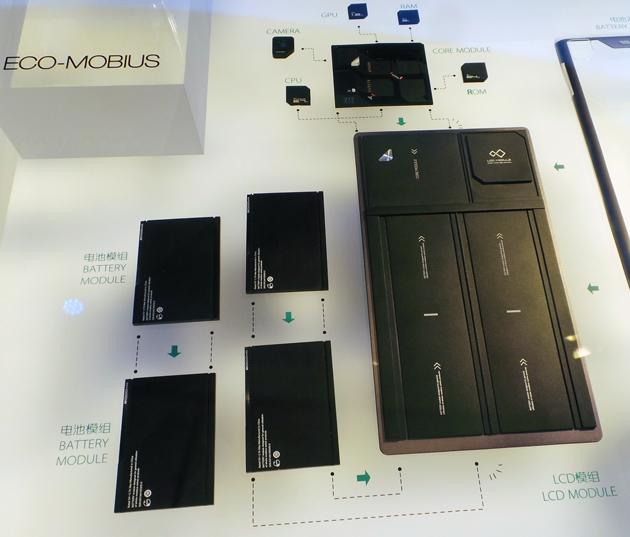
Damn attractive idea, because in addition to saving money with this "point" upgrade is activated and a archetypal element of creativity. We all played as a child in cubes and collected designers. With the right approach, the smartphone can turn into electronic analogue Kashchei. Well, at least longevity.
Many portable electronic gadgets have a significant flaw, limiting their ability - low processing power. The solution to this problem suggested the company Intel, presenting at CES 2014 miniature computer Edison . The chassis form factor SD card engineers put dual-core processor Intel Quark with an operating frequency of 400 MHz, as well as modules Wi-Fi and Bluetooth.

It is possible these microcomputers will soon contribute to the rapid development of all kinds of wearable gadgets and "smart" clothing. The future is getting closer, is not it?
Source: habrahabr.ru/post/212081/

































